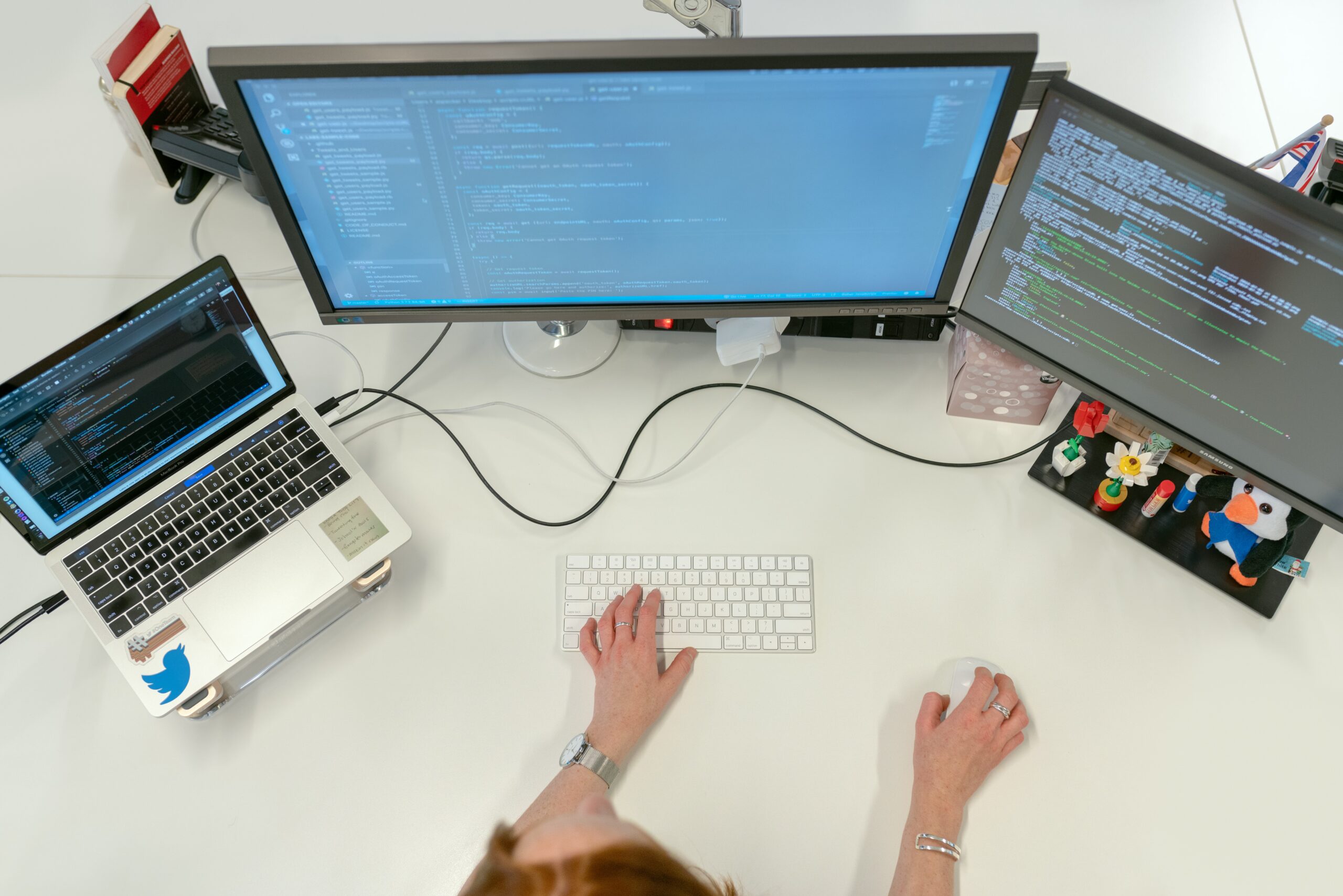
The Transformative Landscape of Process Automation Technology
In the rapidly evolving digital ecosystem, robotic process automation (RPA) has emerged as a critical technological frontier, reshaping how organizations approach complex operational challenges. As we navigate the intricate landscape of 2025, open-source RPA tools represent more than mere technological solutions—they are strategic instruments of digital transformation.
Understanding the RPA Revolution
Robotic Process Automation represents a sophisticated technological approach that enables organizations to configure computer software to capture and interpret existing digital systems, manipulating data, triggering responses, and communicating with other digital platforms seamlessly. Unlike traditional automation methodologies, modern RPA tools leverage advanced algorithms, machine learning capabilities, and intelligent design principles to create more adaptive and responsive automation environments.
The Technological Foundations of Open Source RPA
Architectural Principles
Open-source RPA tools distinguish themselves through several fundamental architectural characteristics. These platforms are built upon modular, extensible frameworks that prioritize flexibility, scalability, and seamless integration. By leveraging open-source development models, these tools provide unprecedented transparency and customization potential.
Key Architectural Components
- Microservices-based infrastructure
- Containerized deployment models
- Event-driven processing architectures
- Comprehensive API integration capabilities
Technical Evolution
The journey of RPA technologies reflects a remarkable progression from rigid, rule-based automation to intelligent, adaptive systems. Modern open-source tools incorporate sophisticated machine learning algorithms that enable dynamic process optimization, predictive analytics, and intelligent decision-making capabilities.
Market Dynamics and Technological Trends
Global RPA Landscape
The global RPA market has experienced exponential growth, with projections indicating a potential market valuation exceeding [~$25.6 billion by 2025]. This unprecedented expansion is driven by several interconnected factors:
Digital Transformation Imperatives: Organizations across industries are seeking efficient methods to streamline complex operational workflows.
Cost Optimization: Open-source RPA tools offer significantly reduced implementation and maintenance expenses compared to proprietary solutions.
Technological Accessibility: Low-code and no-code platforms have democratized process automation, enabling broader technological adoption.
Emerging Technological Trends
Several transformative trends are reshaping the RPA ecosystem:
Artificial Intelligence Integration
Machine learning algorithms are being seamlessly integrated into RPA platforms, enabling more intelligent and adaptive automation processes. These advanced systems can now learn from historical data, predict potential process variations, and autonomously optimize workflow configurations.
Cloud-Native Architecture
Modern RPA tools are increasingly designed with cloud-native principles, facilitating scalable, distributed automation deployments. This architectural approach allows organizations to implement flexible, geographically dispersed automation strategies.
Comprehensive Tool Analysis: Top Open Source RPA Platforms
1. UiPath Community Edition
UiPath represents a pinnacle of open-source RPA innovation, offering a comprehensive platform that bridges enterprise-grade functionality with remarkable accessibility. Its community edition provides developers and organizations with powerful automation capabilities without significant financial investment.
Technical Highlights:
- Extensive workflow design capabilities
- Robust security infrastructure
- Multi-platform compatibility
- Advanced integration ecosystems
2. Robocorp
Robocorp emerges as a next-generation RPA platform, distinguished by its Python-based architecture and container-native design. The platform offers unprecedented flexibility for developers seeking sophisticated automation solutions.
Innovative Features:
- Kubernetes-compatible deployment
- Advanced logging and monitoring
- Comprehensive error handling mechanisms
- Scalable robot execution environments
3. n8n.io
n8n.io represents a unique approach to workflow automation, providing a node-based visual editor that simplifies complex integration scenarios. Its plugin ecosystem and self-hostable infrastructure make it an attractive option for organizations seeking customizable automation solutions.
Platform Capabilities:
- Extensive webhook support
- REST API integration
- JavaScript/TypeScript development environment
- Event-driven architectural model
Implementation Strategies and Best Practices
Strategic Process Assessment
Successful RPA implementation requires a methodical approach that goes beyond technological capabilities. Organizations must conduct comprehensive process mapping, identifying repetitive, rule-based tasks that are prime candidates for automation.
Technical Preparation Framework
Infrastructure Readiness: Ensure robust technological foundations capable of supporting advanced automation workflows.
Security Considerations: Implement multi-layered authentication and encryption mechanisms to protect sensitive process data.
Continuous Optimization: Establish robust monitoring and feedback loops that enable ongoing performance improvement.
Investment and ROI Considerations
Financial Perspective
Implementing open-source RPA tools represents a strategic investment with significant potential returns. Typical implementation costs range between [~$50,000 – $250,000], with potential ROI reaching 300-500% within 18-24 months.
Long-Term Value Proposition
Beyond immediate financial benefits, RPA technologies offer substantial strategic advantages:
- Enhanced operational efficiency
- Reduced human error rates
- Improved scalability
- Accelerated digital transformation initiatives
Future Technological Projections
Looking toward 2026-2027, the RPA landscape is poised for remarkable evolution. Anticipated developments include:
- More sophisticated cognitive automation capabilities
- Enhanced natural language processing integration
- Advanced ethical AI frameworks
- Increased focus on explainable and transparent automation methodologies
Conclusion: Navigating the RPA Frontier
As organizations continue their digital transformation journeys, open-source RPA tools will play an increasingly critical role. By embracing these innovative technologies strategically and thoughtfully, businesses can unlock unprecedented levels of operational excellence and technological innovation.
The future of process automation is not about replacing human capabilities but augmenting and elevating them through intelligent, adaptive technological solutions.










